Web 3.0, often referred to as the decentralized web, represents the next evolution of the internet. It promises to shift from the centralized platforms we are accustomed to, toward a decentralized model leveraging blockchain technology, artificial intelligence (AI), and machine learning. This transformation is not just about technology; it is about enabling a more open, secure, and user-centric internet experience.
Unlike Web 2.0, which saw the rise of user-generated content and social networks, Web 3.0 focuses on giving control back to users. This is achieved through decentralized applications (dApps) that eliminate intermediaries, ensuring direct interactions between parties. Blockchain technology plays a critical role in ensuring transparency, trust, and immutability of data.
Key Features of Web 3.0
Web 3.0 introduces several groundbreaking features
Decentralization : Data is stored across multiple nodes instead of centralized servers.
Interoperability : Seamless communication between different platforms and applications.
Enhanced Privacy : Users retain control of their data, often through cryptographic means.
Semantic Web : AI and machine learning enable the web to understand and interpret user intent better.
Tokenization : Digital assets and tokens drive ecosystems, enabling new economic models.
Web 3.0 is not just about technology, it's about empowering people around us
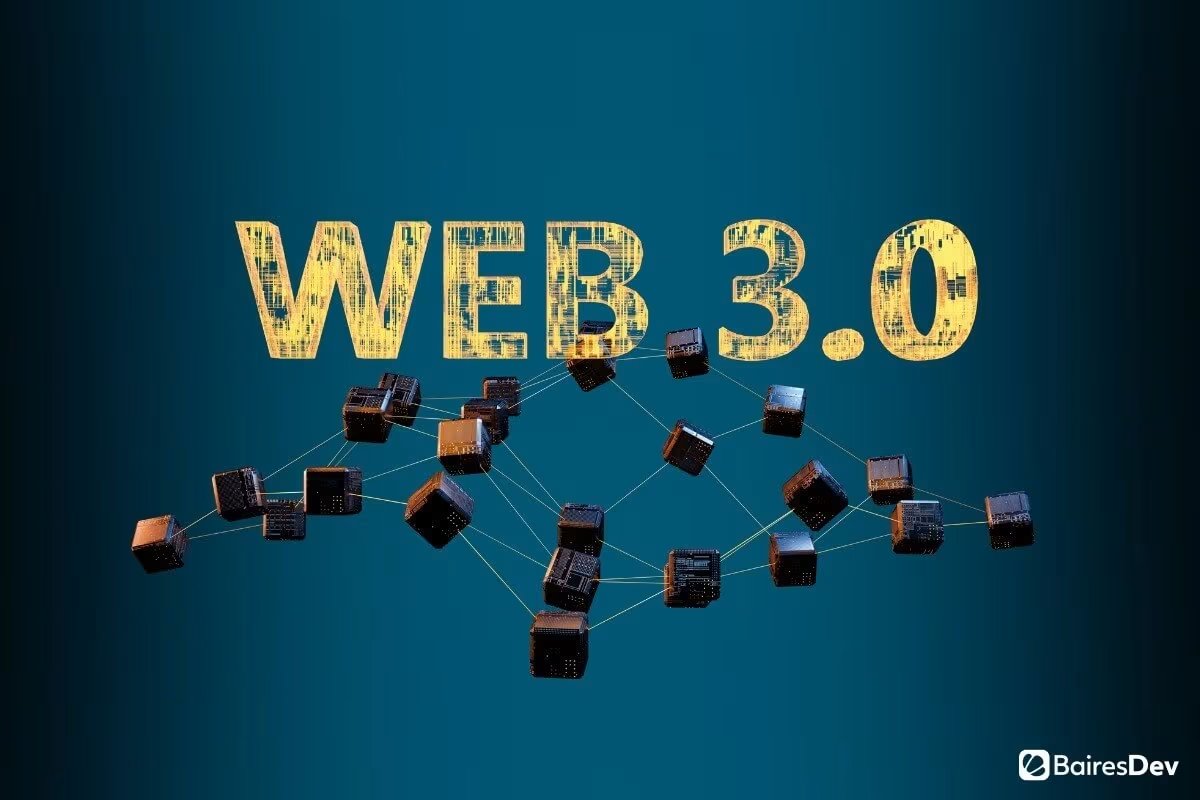
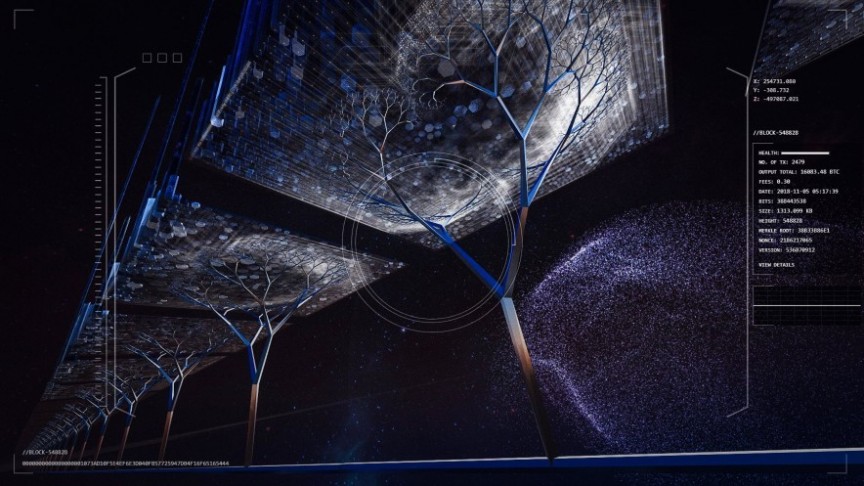
The Future with Web 3.0
Web 3.0 is poised to redefine industries like finance, healthcare, and entertainment. Its decentralized nature ensures fairer systems, removing biases and inefficiencies. For businesses and developers, it offers an opportunity to innovate without being constrained by traditional gatekeepers.
Despite its potential, Web 3.0 faces challenges such as scalability, energy consumption in blockchain operations, and the need for widespread adoption. However, with ongoing advancements, the transition from Web 2.0 to Web 3.0 is inevitable.
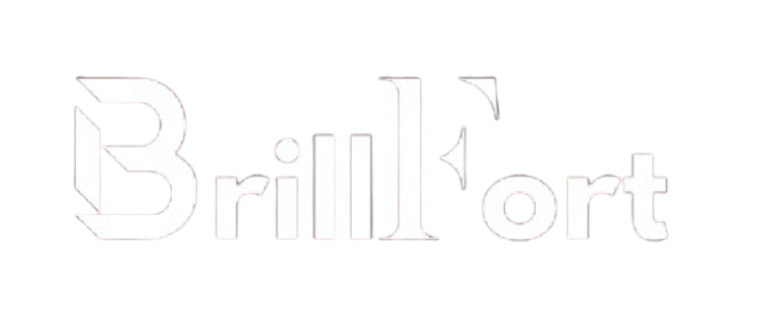

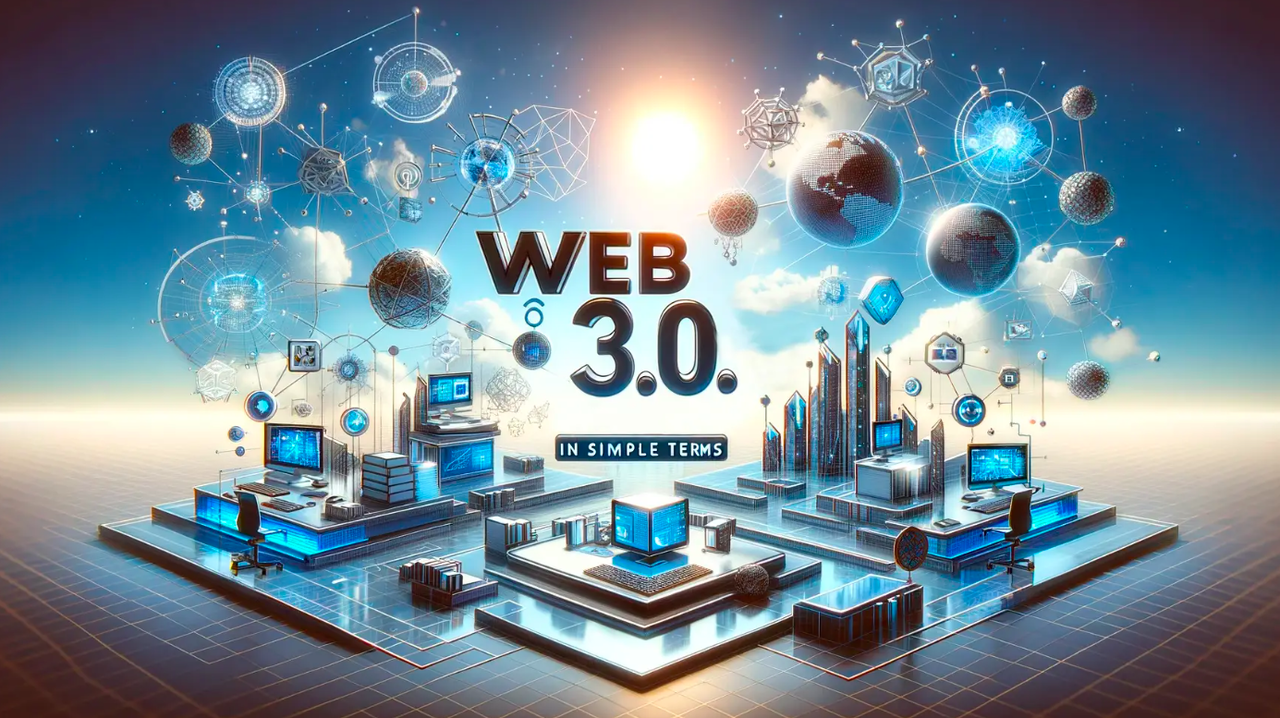


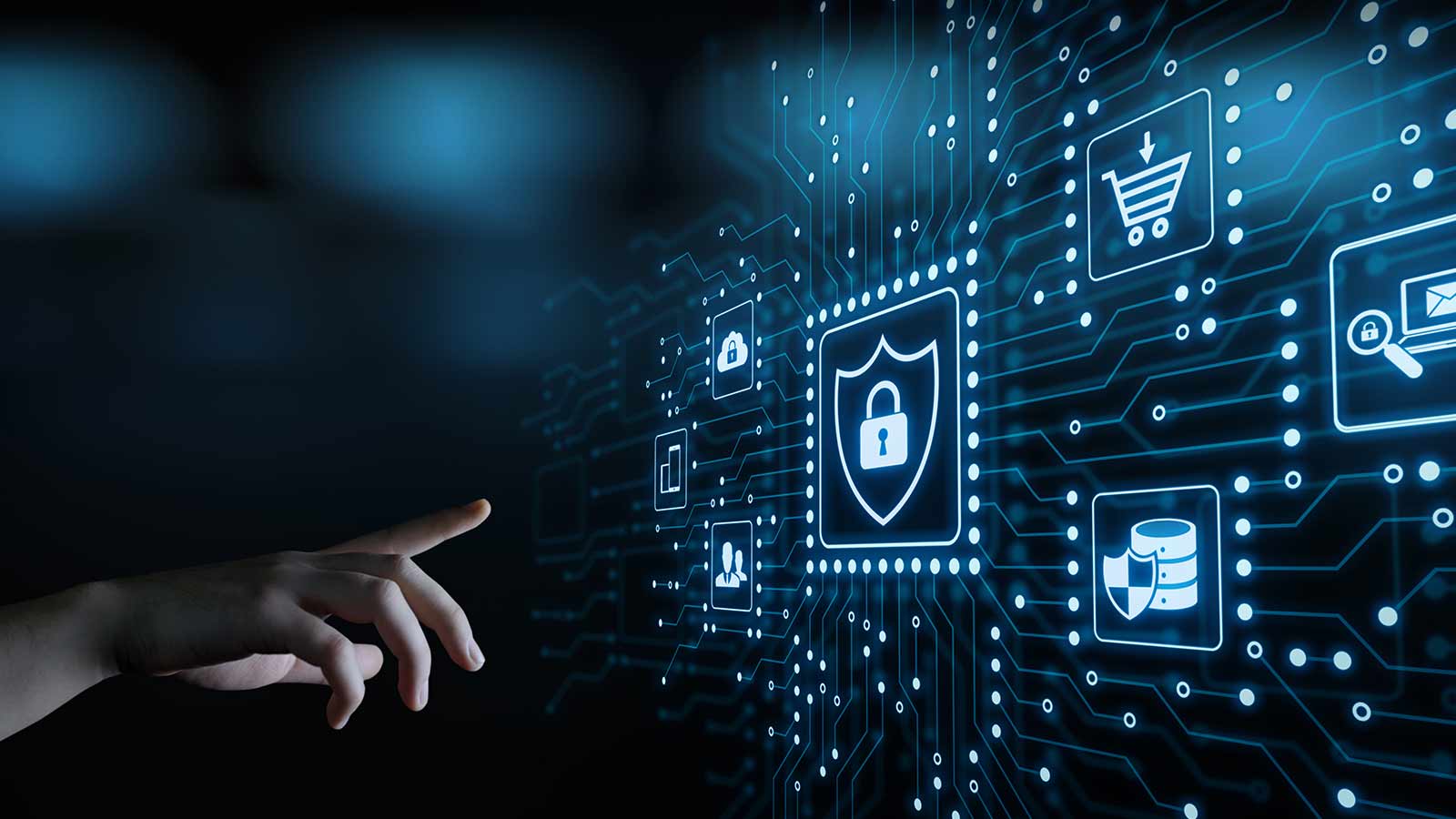
Leave a comment